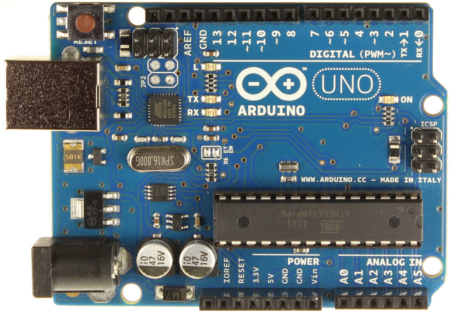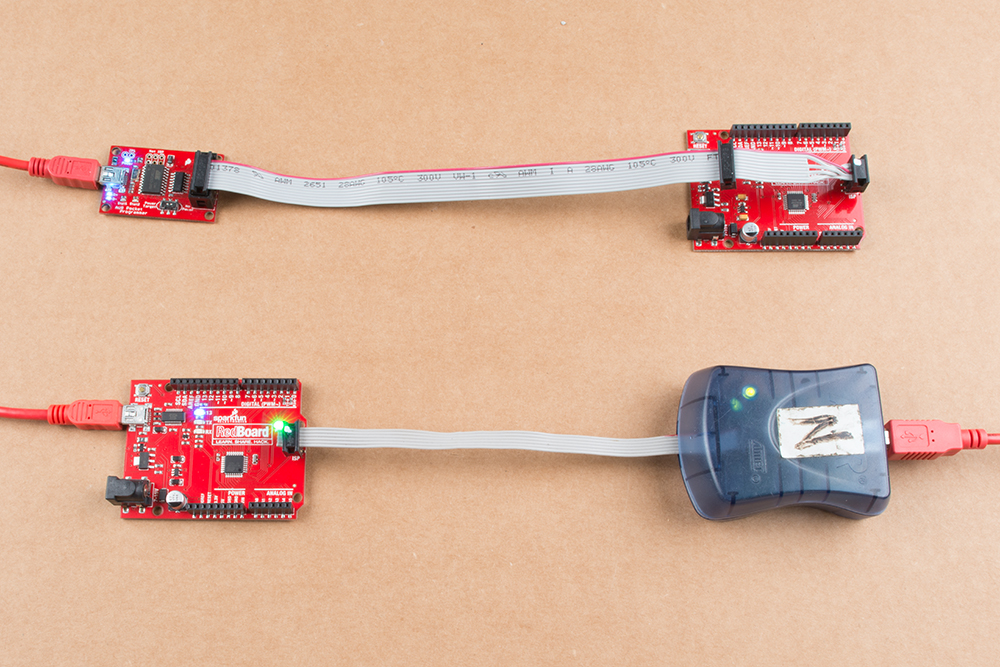

- Arduino uno pinout avr how to#
- Arduino uno pinout avr install#
- Arduino uno pinout avr serial#
- Arduino uno pinout avr drivers#
- Arduino uno pinout avr update#
Click " Browse." and navigate to the ". Click Browse my computer for driver software in the "Update Diver Software - Unknown Device" window that pops up. Arduino uno pinout avr update#
Right click "Unkown Device" and select Update Driver Software.
In the Device Manager, you should see " Other devices > Unknown device". Or, simply open the run tool (press Windows Key + R), and run devmgmt.msc. You can go to the Control Panel, then click Hardware and Sound, then click Device Manager. Open the Device Manager - There are a few routes to open up the device manager. Arduino uno pinout avr install#
Follow these steps to install the driver: Don't forget where you put the extracted folder!Īfter you've plugged in the Programmer, and Windows has failed to install the driver. Use your favorite unzipper to extract the ZIP file. To route those signals between devices, there are two standardized connectors - one 10-pin, 2x5 and another 6-pin, 2x3 connector: There are six unique signals required for communication between ISP and AVR: VCC, GND, Reset, MOSI, MISO, and SCK. AVR ISP PinoutsĪVRs are programmed through an SPI interface. The board also includes a variety of LEDs to indicate power, status, and data transfers.
74AC125 Buffer - This chip helps to add some protection to the programmer by buffering the data-line outputs. It's mostly used in production by those who program the programmers.  The unpopulated ISP header, above the ATtiny2313, is broken out in case that chip needs to be programmed.
The unpopulated ISP header, above the ATtiny2313, is broken out in case that chip needs to be programmed. 
Unless you want to customize the Tiny ISP firmware, you can leave this chip alone. It converts between USB and SPI to turn commands from your computer into words and instructions to load into your AVR-to-be-programmed.
ATtiny2313 - This is the chip that works the programming magic. Flick this switch to the "Power Target" side, to send 5V to the AVR. Power Target Switch - Unlike a lot of ISP's out there, the AVR Pocket Programmer can deliver power to the AVR-to-be-programmed. It's polarized to make sure you can't plug anything in backwards. 2x5 ISP Header - This shrouded header mates with the included Programming Cable, and allows you to send the programming signals out to your AVR. A mini-B USB cable plugs in here and connects your computer to the Programmer. USB Connector - This is your data and power input to the Programmer. Click this tutorial to learn the meanings behind "MOSI", "MISO", and "SCK". Arduino uno pinout avr serial#
Serial Peripheral Interface (SPI) - The Pocket Programmer uses an SPI interface to send data to and from the AVR. Installing Arduino - Arduino isn't required to use the Programmer, but it can make things easier, especially if you still want to program your AVR using the Arduino libraries. What is an Arduino? - If you're unfamiliar with AVRs, check out this tutorial to learn about the most popular one of the lot. Here are some tutorials we'd recommend reading before continuing on with this one: If you've programmed an Arduino before, you'll be well-prepared for the next step. 
Whether you're a beginner or experienced electronics enthusiast, the Pocket Programmer should be easy to get up-and-running. We recommend using the ISP Pogo Adapter linked above now that the breakout board has been retired in the catalog. Our old simple breakout board made interfacing the programmer with your breadboarded circuit possible. Note: If your AVR is living on a breadboard, you probably don't have an interface to the standard 2x3 ISP pinout. On top of that, a mini-B USB cable is required to connect the Programmer to your computer. Most importantly, to follow along with this tutorial, you will need an AVR Pocket Programmer and an AVR to program.
Troubleshooting - A few troubleshooting tips for resolving some of the AVRDUDE errors that you may run into. Using AVRDUDE via Command Line - A more advanced, command-line-based approach to using the AVR Pocket Programmer. Arduino uno pinout avr how to#
Programming via Arduino - How to use the ubiquitous "easy-mode" AVR IDE to upload sketches via the AVR Pocket Programmer. Arduino uno pinout avr drivers#
Installing Drivers - How to install the AVR Pocket Programmers on a Windows machine (Mac and Linux users can skip this page). Board Overview - A look at the hardware components that make up the AVR Pocket Programmer. It's split into a series of sections, which cover: In this tutorial we will introduce you to all of the important aspects of the AVR Pocket Programmer. Or maybe you just want a faster and more reliable code upload. Or maybe you want to poke at the fuse bits, to change the brown-out voltage. Or maybe you want to overwrite the bootloader to squeeze out some extra flash space. If your AVR doesn't have a bootloader on it, it's probably the only way to load code. There are many reasons for programming your AVR via an in-system programmer (ISP).








 0 kommentar(er)
0 kommentar(er)
